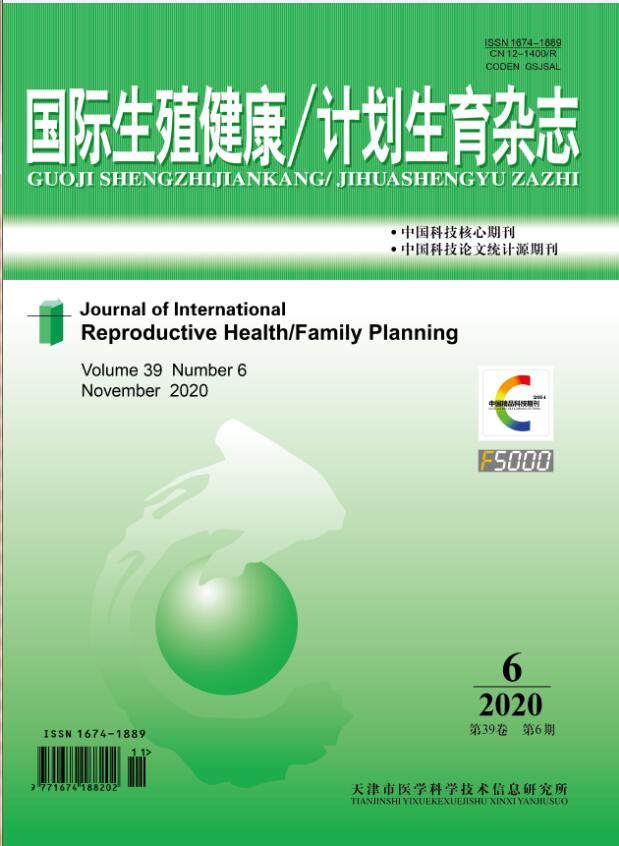|
|
Influence of Different Parity on Serum Lipid during Pregnancy and Pregnant Outcome
LUO Meng-meng,YIN Xiao-qian,HU Xiao-yue,GONG Miao,LIU Su-xin,HUO Yan
2018, 37 (5):
377-381.
Objective:To investigate the influence of parity on serum lipid during pregnancy and pregnant outcome. Methods:Totally, 1 669 women who delivered in Hebei General Hospital from September 2016 to December 2017 were recruited. Those women were divided into four groups based on the age and gestational age: the right-age and mid-pregnancy group (527 cases), the advanced-age and mid-pregnancy group (261 cases), the right-age and late-pregnancy group (in the late of pregnancy, 636 cases), the advanced-age and late-pregnancy group (in the late of pregnancy, 245 cases). Each group was divided into two subgroups: the primipara subgroup and the multipara subgroup according to the number of births. The levels of serum lipid, HDL-C/TC, LDL-C/TC and the LDL-C/HDL-C ratio were compared. Results:①The levels of TG, TC, VLDL-C in multipara women of the right-age and mid-pregnancy group were significantly increased (all P<0.05), while the levels of TG, TC, HDL-C, LDL-C, VLDL-C and HDL-C/TC in multipara women of the advanced-age and mid-pregnancy group were mildly increased, only the significant difference in HDL-C level (P<0.05), when compared with those primipara women. ②The levels of LDL-C, VLDL-C, LDL-C/TC and LDL-C/HDL-C in multipara women of the right-age and late-pregnancy group were significantly decreased, and the level of HDL-C/TC increased (all P<0.05), while the levels of TG, TC, HDL-C, LDL-C, HDL-C/TC and LDL-C/HDL-C in multipara women of the advanced-age and late-pregnancy group were mildly decreased (but P>0.05) and the level of VLDL-C mildly increased (but P>0.05), when compared with those primipara women. ③Compared with those primipara women, the multipara women of the right-age groups had lower incidences of premature rupture of membranes and fetal distress, while the multipara women of the advanced-age groups had lower incidences of hypertensive disorder complicating pregnancy (HDCP), gestational diabetes mellitus (GDM) and fetal distress (all P<0.05). However, the incidences of premature and giant babies in those multipara women of the right-age groups were higher than those in the primipara women (both P<0.05). ④The incidences of HDCP and GDM in both advanced-age groups were significantly higher than those in both right-age groups (all P<0.05). Conclusions:Parity has a certain degree of effect on serum lipids, which could be related to pregnancy complications.
Related Articles |
Metrics
|

